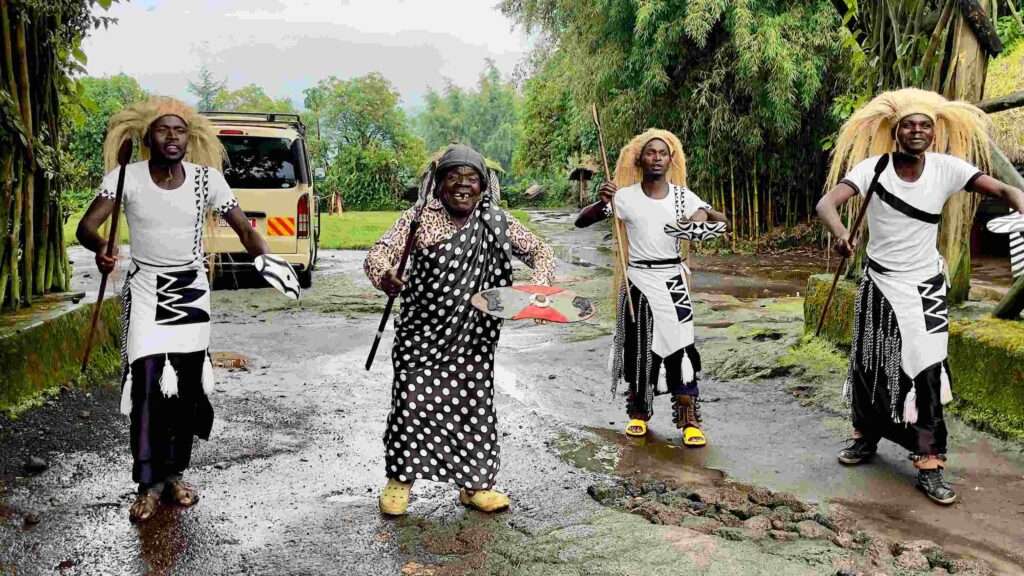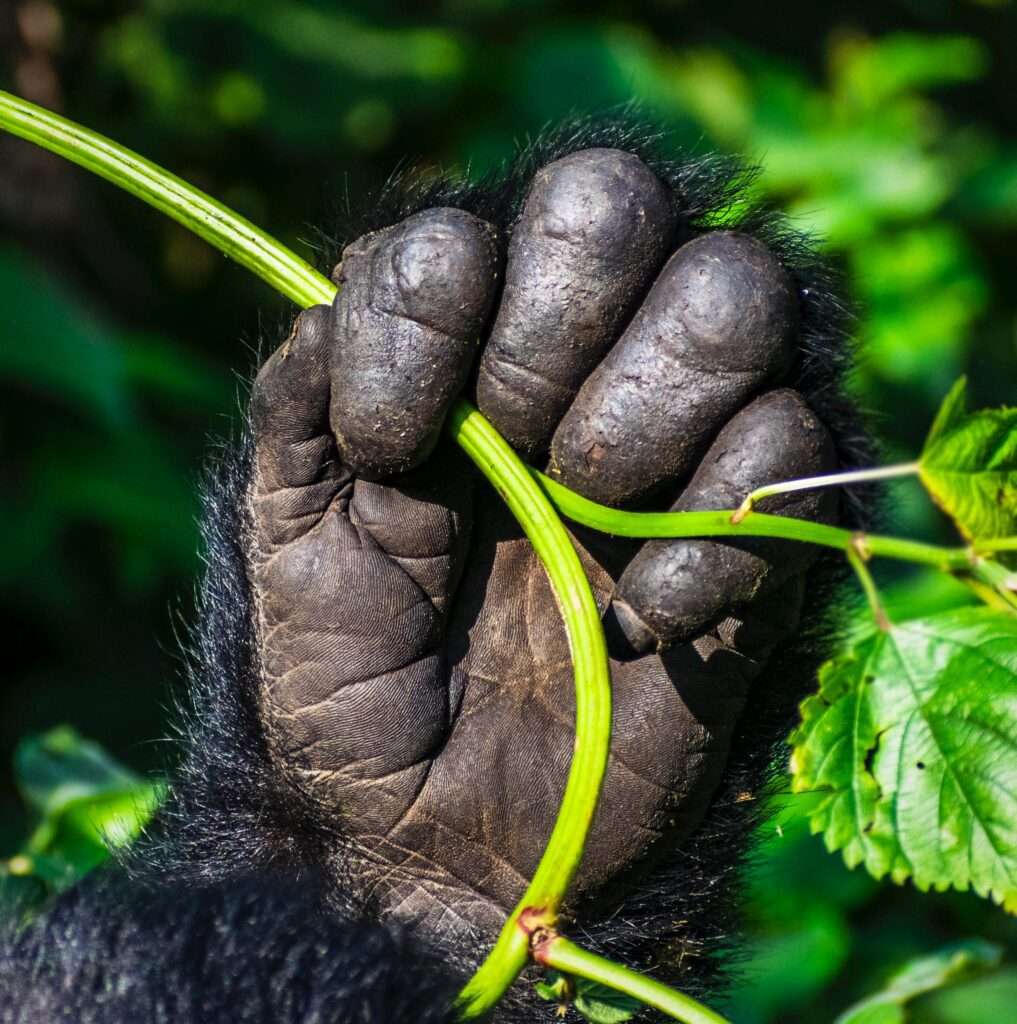Wildebeest migration
Every year, a wildebeest travels over 1000 kilometers between Tanzania and Kenya. The eponymous wildebeest is on the move. The migration of wildebeests is claimed to be in search of food and water, although this movement is greatly dependent on rain since they follow the rain and green grass. They migrate from the plains of Tanzania’s southern Serengeti National Park to the savannah of northern Serengeti and Kenya’s Masai Mara National Reserve at the start of the rainy season, then return to the plains at the start of the next rainy season.
When the rainy season begins, which is normally in February and March of the calendar year (although recent climate change has prolonged the season longer), herds of wildebeest migrate to the south, making the situation more unstable. Begin your journey north from the Serengeti grasslands, via open woodland and the Mara River.
Ndutu conservation Area
Wildebeests can be reliably collected at Ndutu in the Ngorongoro Conservation Area at the start of the first rainy season, January, February, and March as calving normally occur 2-3 weeks away Following calving, the herd begins to migrate north through the west of Seronera and the Grumeti River in the Grumeti Reserve. When they reach the Serengeti’s northern grasslands, which border Kenya’s Masai Mara, animals must traverse the untamed Mara River while watching for crocodiles. It is the most significant impediment to wildebeest migration. More than half of the animals that cross the river are thought to be killed in the process. By the start of the second rainy season, the wildebeest have established and depleted the savannah vegetation -September and around October or early November.
True or False?
We don’t know how animals determine their pathways, but some believe it’s just instinct, with the hypothesis that they follow the rain and develop flora and grass in reaction to weather variations.
These large mammals are relentless on the move, but many are injured or killed along the way. Some herds of wildebeest make annual migration journeys with other animals such as zebras and gazelles, eagerly awaiting hunting opportunities in the water, mainly with predators such as lions, cheetahs, leopards, and crocodiles. Beasts of prey wait in the hills and highlands, as crocodiles wait in the water. And 1/3 to 1/2 of the total numbers of migrating herds are killed on the move. These are mostly calves, very difficult to navigate in dangerous terrain, and very vulnerable to predation and disease. Herds travel in long lines, with one animal galloping a long distance behind another. There is no clear start, end, or straight path for the trek, but it moves rhythmically in a clockwise direction.









